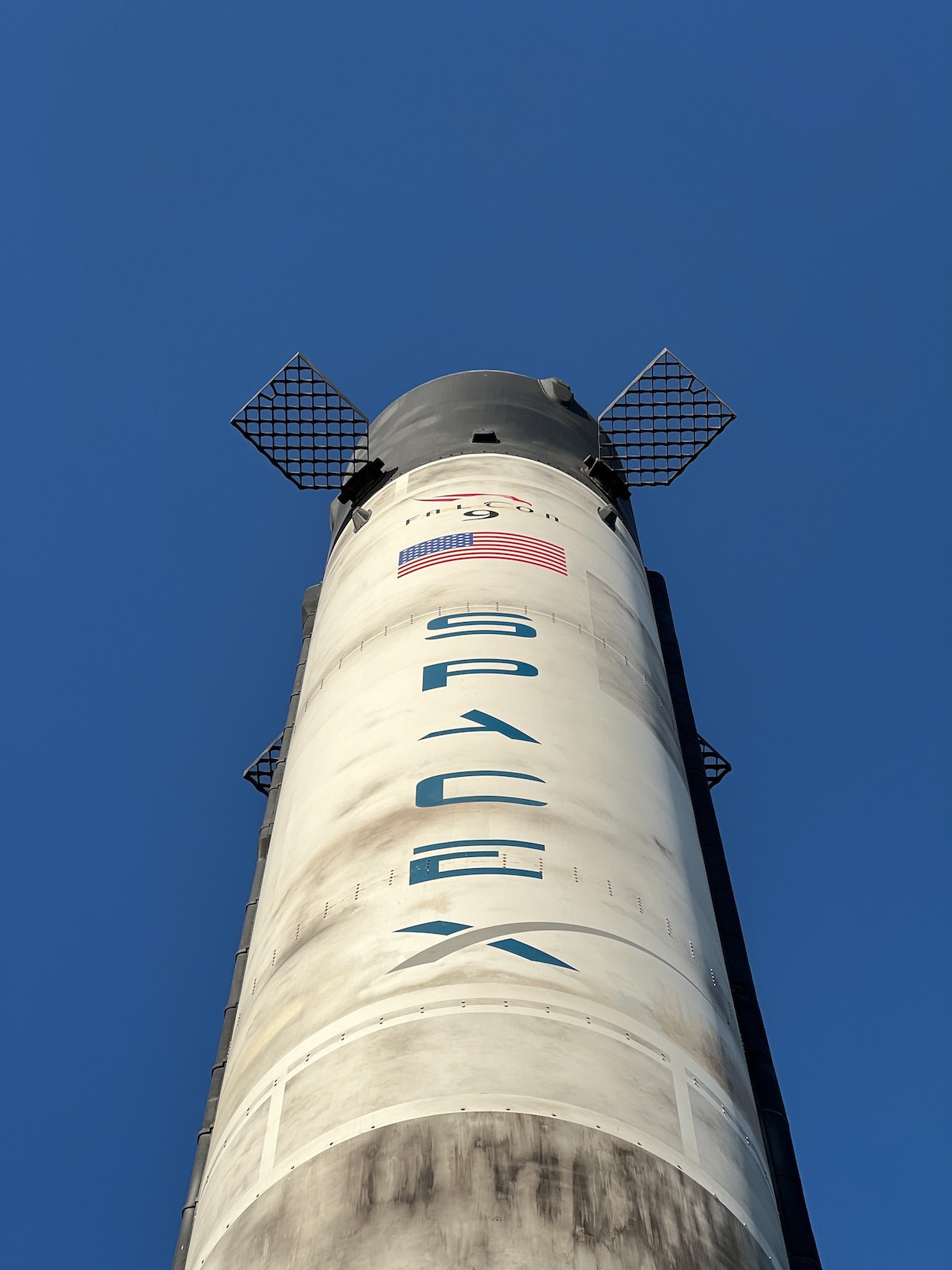SpaceX, the space exploration company founded by billionaire entrepreneur Elon Musk, has been making waves in the aerospace industry for years. Their latest venture, the Starship spacecraft, has been making headlines for its potential to revolutionize space travel. However, on March 30th, 2021, a test flight of the Starship ended in an explosion, sending debris raining down on the launch pad and casting doubt on the project’s future. In this article, we will take a closer look at the Starship explosion, the aftermath, and what it means for the future of SpaceX.
The Test Flight
The test flight of the Starship spacecraft took place at SpaceX’s Boca Chica launch facility in Texas. The goal of the test was to launch the Starship prototype, called SN11, to an altitude of approximately 10 kilometers (6.2 miles), and then bring it back down to Earth for a soft landing.
The launch seemed to be going according to plan until shortly after the spacecraft reached its maximum altitude. At that point, the livestream of the test flight cut out, leaving viewers in the dark about what was happening. SpaceX later confirmed that the Starship had experienced a malfunction and had exploded upon impact with the ground.
Debris and Data
In the aftermath of the explosion, SpaceX was left with a massive amount of debris to clean up and analyze. The company’s engineers immediately got to work, collecting and examining the wreckage in an effort to determine what had caused the malfunction.
As of this writing, SpaceX has not released any official statement on the cause of the explosion. However, some experts have suggested that the problem may have been related to the rocket’s engines or its fuel systems.
Despite the setback, SpaceX has vowed to press on with the Starship project. In a tweet following the test flight, Elon Musk stated that the company had obtained “all the data we needed” and that the explosion would not delay the program’s progress.
Implications for the Future of SpaceX
The Starship spacecraft is a key component of SpaceX’s ambitious plans for space exploration. The company hopes to use the spacecraft to transport both crew and cargo to the moon, Mars, and beyond.
However, the explosion of the SN11 prototype has cast doubt on the feasibility of these plans. Some experts have suggested that the Starship project may be overly ambitious, and that SpaceX may need to scale back its goals in order to achieve success.
Others, however, remain optimistic about the future of SpaceX and the Starship program. They point out that setbacks and failures are a natural part of the development process, and that SpaceX has a proven track record of bouncing back from adversity.
Conclusion
The explosion of the SN11 prototype has been a setback for SpaceX and the Starship program. However, the company’s engineers are hard at work analyzing the data and debris from the test flight, and SpaceX has vowed to press on with the project.
The Starship spacecraft represents an ambitious and potentially game-changing development in space exploration. Whether or not SpaceX will be able to realize its vision remains to be seen. But one thing is certain: the explosion of the SN11 prototype is not the end of the story. As with any great endeavor, setbacks are simply part of the journey.




